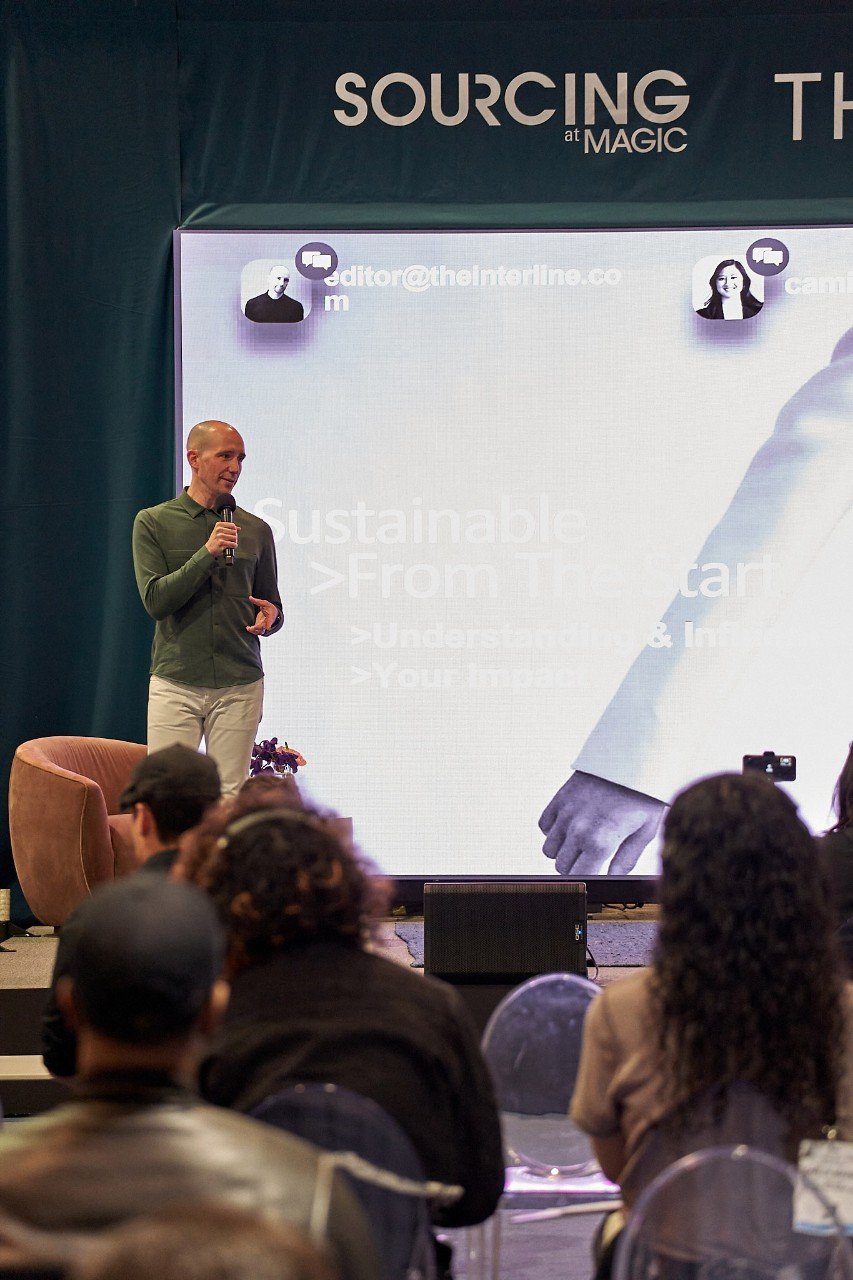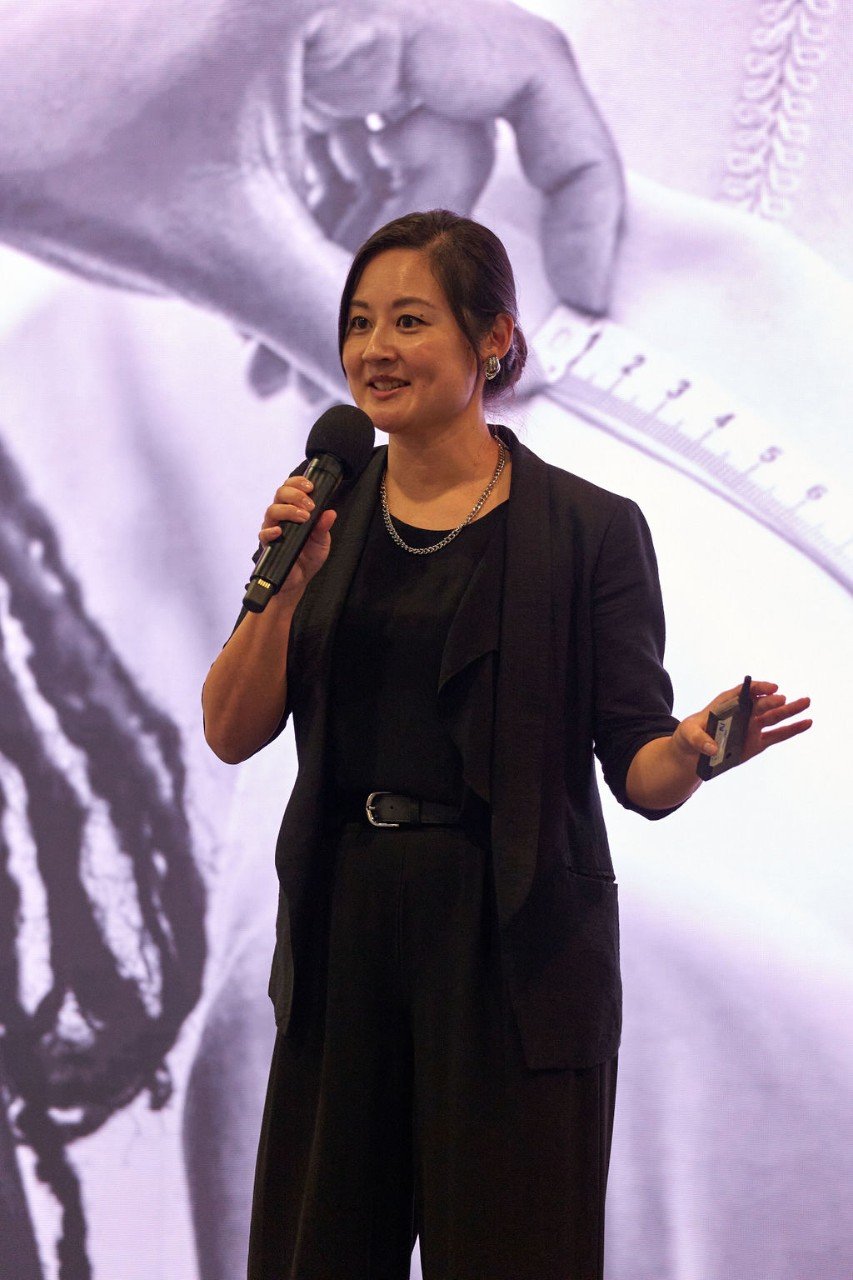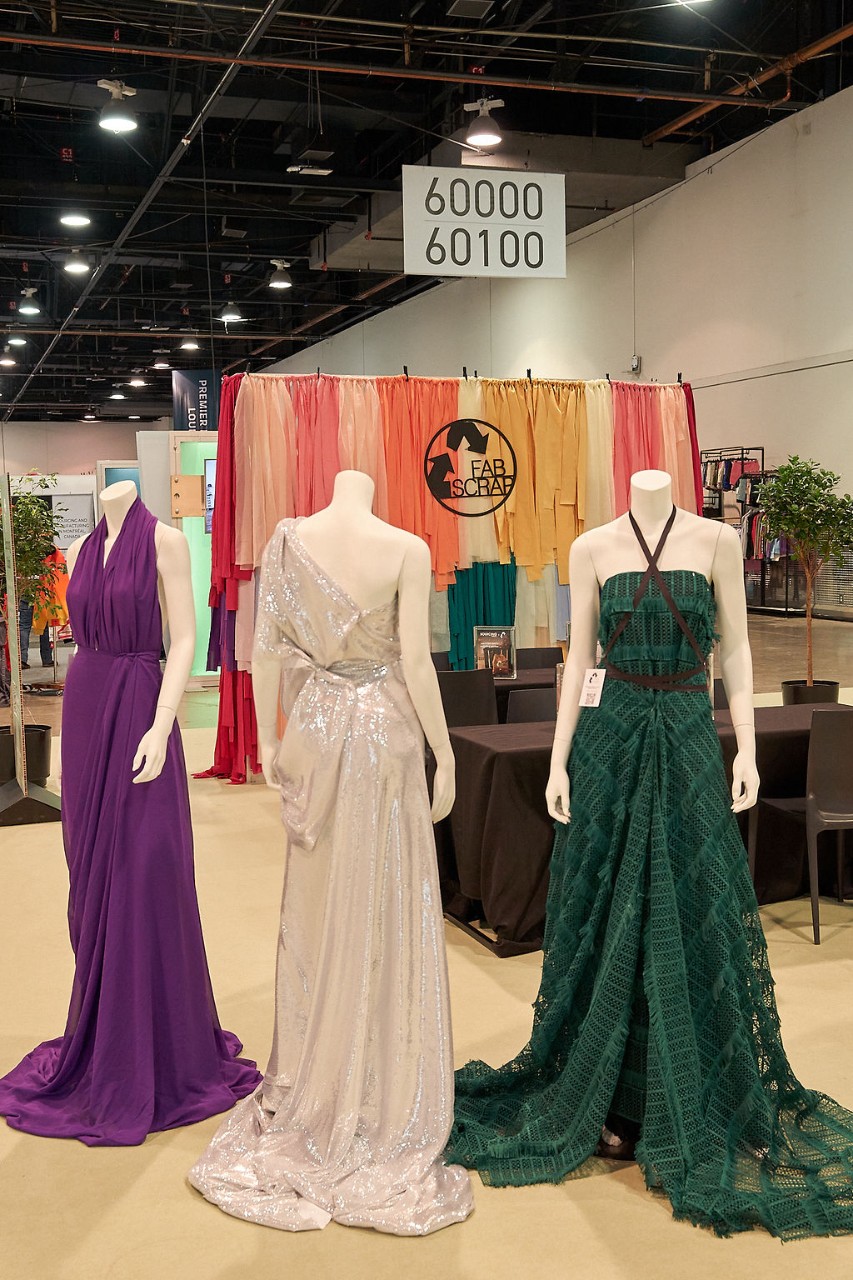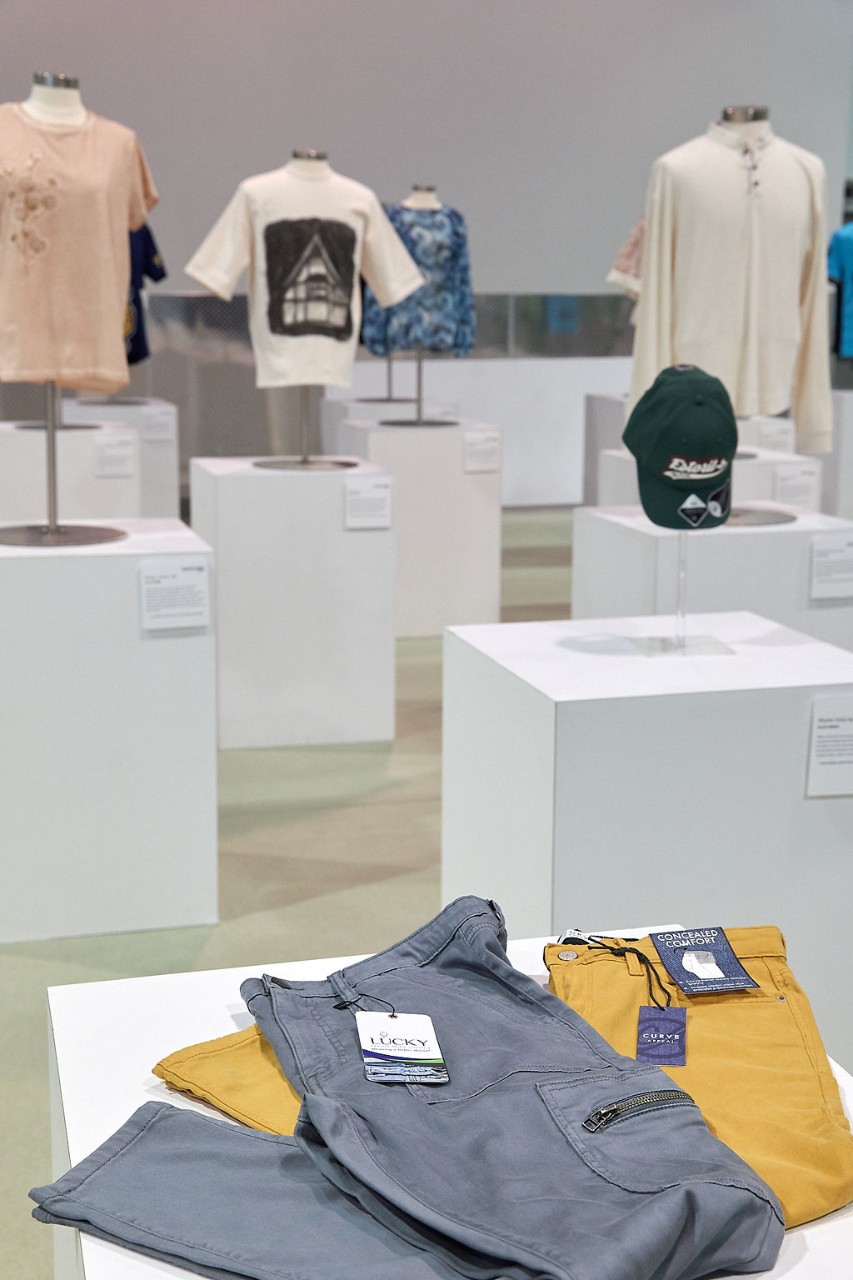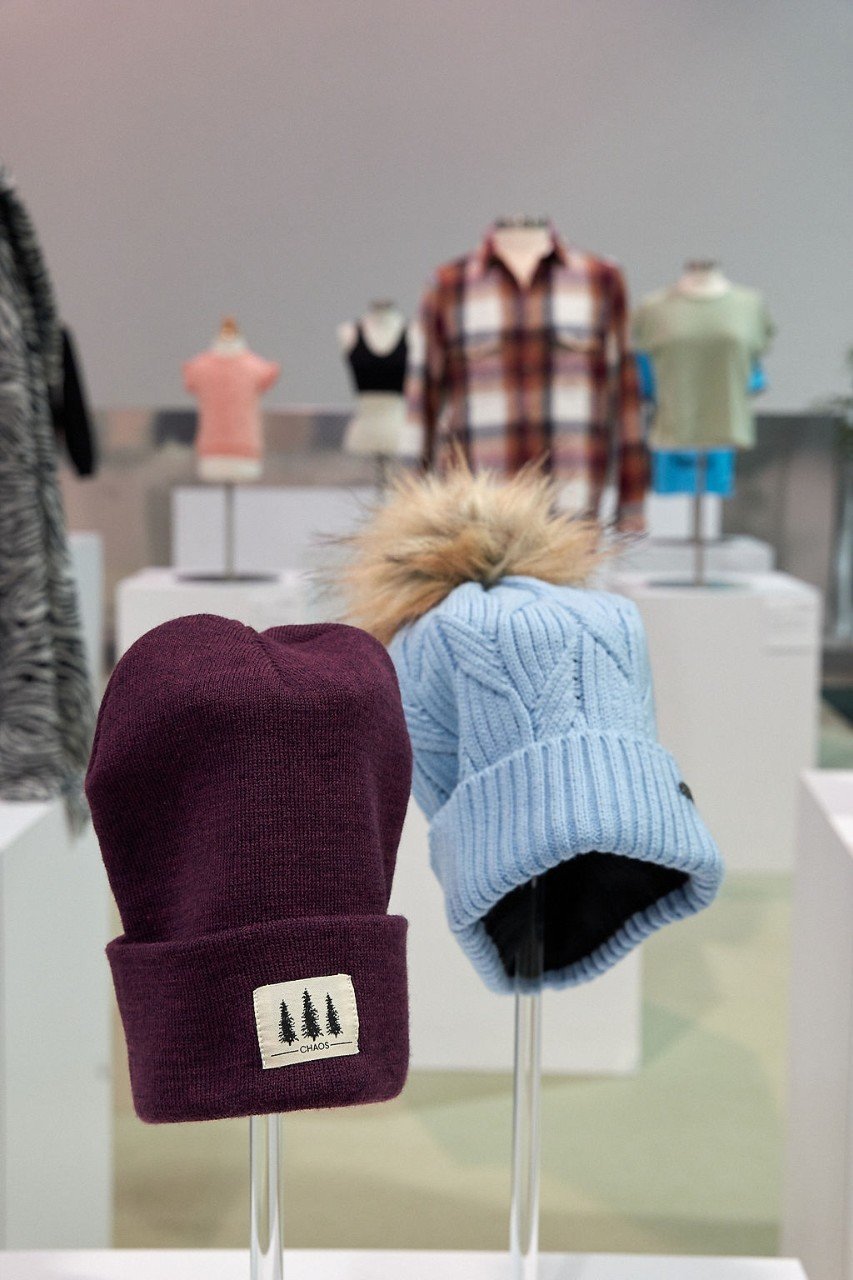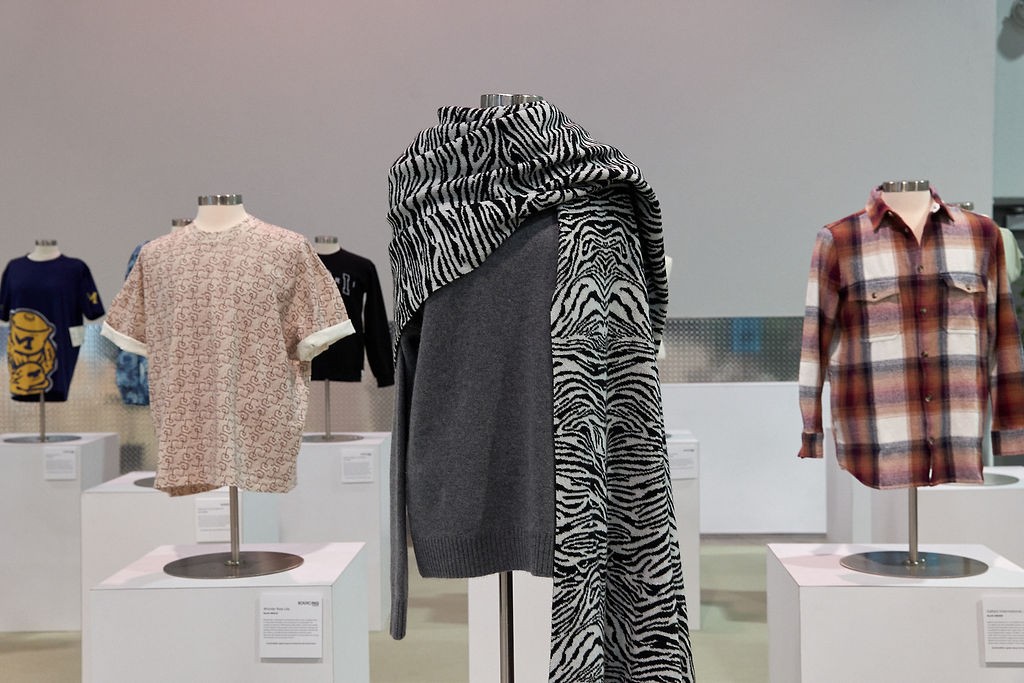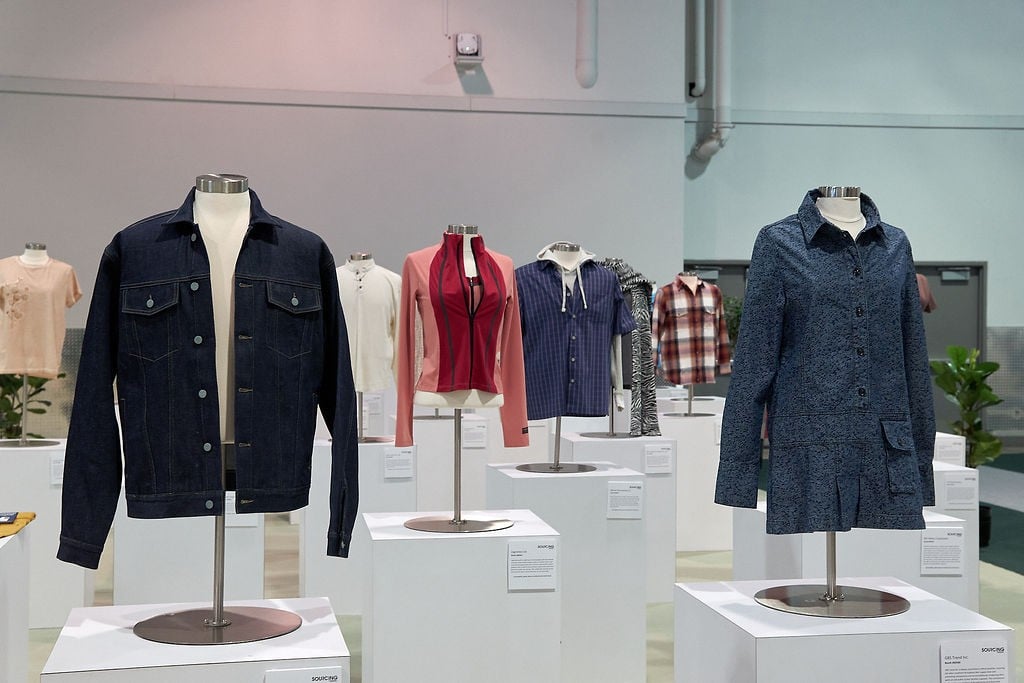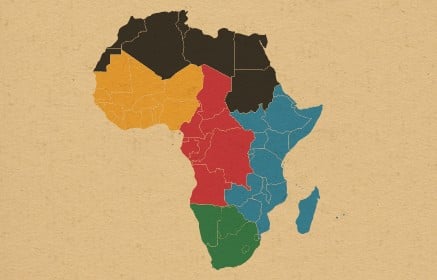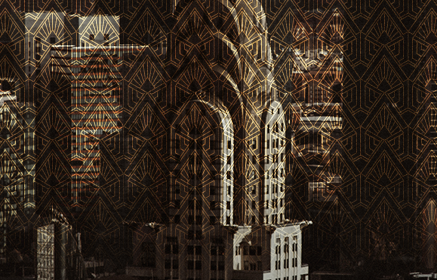“Every new product that you bring to the market has an impact which can be measured in terms of resource utilization: natural, synthetic, and human resources (measured in labor). It's measured in what that product puts out, and its journey to the market. It's measured in the carbon cost of logistics. It's measured in the different processes that go from turning a physical product into something that lands on the shelves,” said Hanson. “Whether you’re in design, development, sourcing, merchandising, marketing, sales, or whatever, you can help to influence that impact. You can have some influence in a positive direction or a negative one.”
Hanson added: “The planet is changing, and that’s not just in the abstract. It also changes how you bring stuff to market, where you can source, and how you are affected by flooding, droughts, heat waves, etc. All of these things influence where you can procure materials from.”
"Whether you're in design, development, sourcing, merchandising, marketing, sales, or whatever, you can help influence that impact."
- Ben Hanson, Editor-in-Chief, The Interline
Tagle addressed some of the first steps in getting started with sustainable design by saying, “Think about the end at the beginning. This is key. Right now, we [as an industry] are in a very linear process, with the endpoint being the landfill. It’s because we’re not thinking, after we create a beautiful design, ‘what happens to it after my customer is finished with it?’ Right now we have a linear system, so at every single point of the supply chain, from the sourcing fabric, to sampling, to manufacturing, to retail, to when the customer is done using it, waste is happening at every single point.”
The role of a designer in our industry is changing. In the past it was about creating beautiful, sellable products that were on (or even ahead of) the trends, and that focused on hitting the right price point for the brand. “Where designers in the past emphasized patternmaking, draping, and construction skills, now it’s about understanding the impact of that garment across the supply chain. We must become experts in material knowledge, and understanding how that affects the end result of a product,” explains Tagle. “Technology is also always evolving, and a designer must keep up with the changes. We’re missing thinking about data and tracking.”
“The real solution is circularity,” says Tagle. “How can ‘waste’ actually stay in the supply chain?”
Tagle then went on to explain Systems Thinking and projected this quote from the Ellen MacArthur Foundation on screen: “Systems thinking plays a dual role in the circular economy. It is an enabling tool that can help us identify root causes and implement better solutions, and it provides the lens or frame for our conceptual understanding of it.”
“That can sound very dry and not very sexy,” said Tagle, “but, when we understand our system, we can identify the issues and create solutions. Once my business partner and I truly understood the issues within the fashion system, we hit on the idea of collecting fabric—from fabric scraps, to headers, to cuttings—and created a system much like cardboard or plastic recycling, where somebody would cart away textile waste, and, from there, we created our own circular system to keep the fabric out of the landfill.”
After Tagle explained the FabScrap system further, Hanson asked: “Thinking about the folks in the audience who are designers or creative people starting their own brands, does this data collection and analysis start to impinge on creativity?”
Tagle countered that this approach actually encourages people to be more creative. She used her own booth at the show as an example.
“We have mannequins that I draped with our fabrics. I didn’t have a choice in what those fabrics were; other than that, I wanted pretty color in the booth,” Tagle continued. “That forced me to think about how to use the fabric, knowing its properties and material. It made me more creative because I had to develop something on the spot.”
Rethinking our roles and systems is key to remaking the future of our industry. Utilizing creativity in unexpected ways to create a cyclical fashion system is one of our time’s most important challenges and opportunities.
SOURCING at MAGIC will continue to be dedicated to making connections and empowering the professionals of today and tomorrow to create a more sustainable future. Join us in Las Vegas this August 19-21, 2024, and in New York this September 22-24, 2024, to learn even more about how to be a leader in this next step of our fashion evolution.


